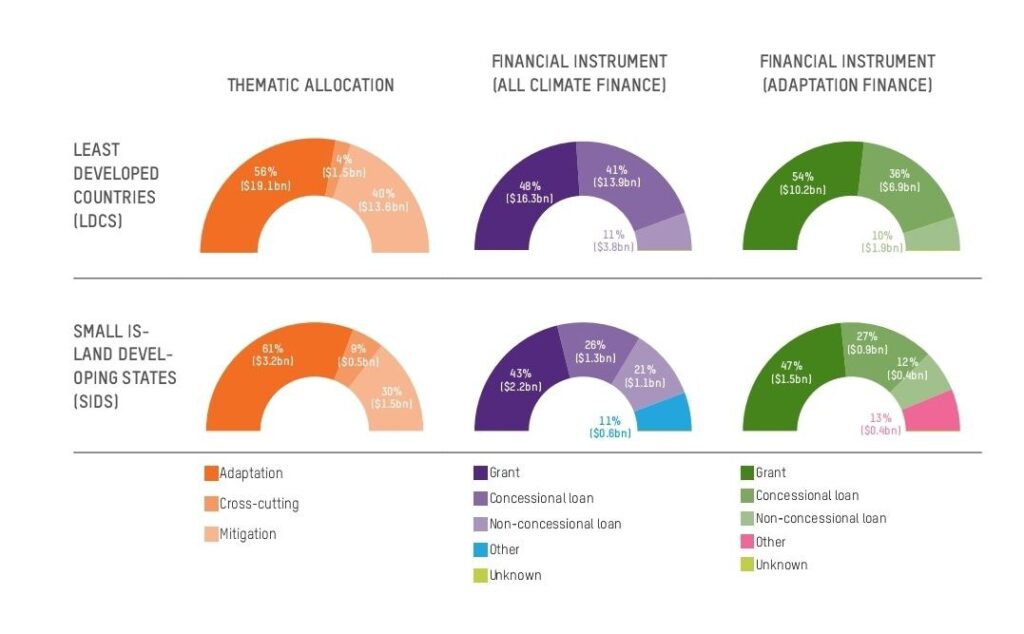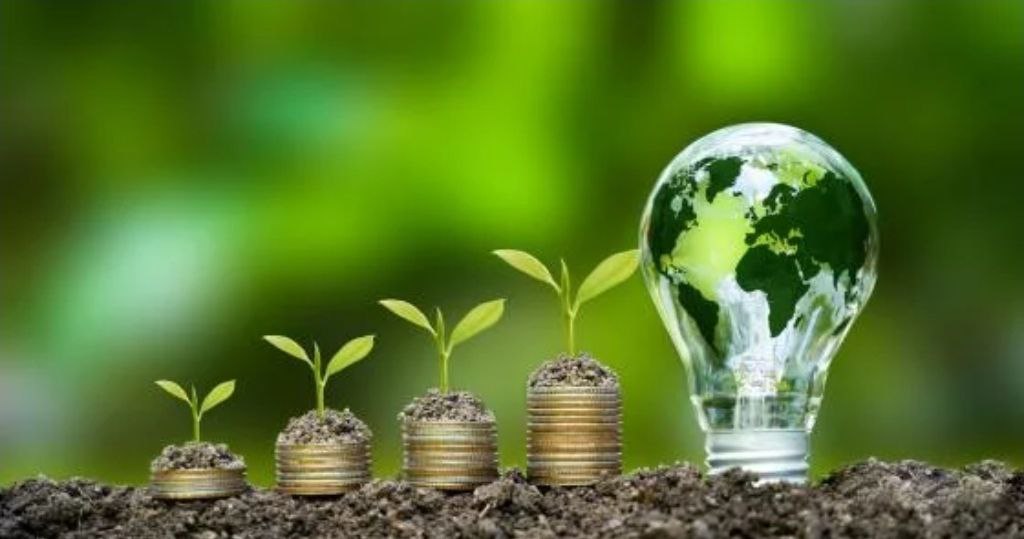Rich countries are “profiteering from escalating climate crisis” because they are providing the largest share (two-thirds) of their money to the Global South (developing countries) in the form of loans to respond to the climate crisis. This puts vulnerable countries under a severe debt burden totaling $3.3 trillion.
According to the “Climate Finance Shadow Report 2025” released today October 6,2025, by Oxfam and the CARE Climate Finance Justice Centre, developing countries are now paying more for climate finance loans than they receive to wealthy countries. For example, the report states that they are paying $5 instead of $7 for the $7 they receive, with 65% of the money being provided in the form of loans.
They warned that this “crisis profiteering” approach of developed countries is exacerbating the debt burden and hindering efforts to respond to climate change. The report found that while rich countries provided a total of $116 billion in climate finance in 2022, the actual cost of support was only $28 billion to $35 billion, minus loans and account fraud. This is less than a third of what was promised in the Paris Agreement.
The increase in the amount of loans is also causing the country to increase its debt every year, with its debt reaching $3.3 trillion. France, Japan and Italy are the worst in this regard. “Rich countries are treating the climate crisis as a business opportunity, not a moral obligation,” said Nafkot Dabi, Oxfam’ Climate Policy Lead.

“They’re lending to people who have been hurt in the past for the sake of historical pollution, and they’re plunging vulnerable countries into a debt cycle. “This is a benefit from the crisis,” he said angrily. Extremely low-income countries (LDCs) accounted for only 19.5% of total climate finance, while small island developing States (SIDS) accounted for only 2.9%. More than half of this is due to be reimbursed.
In addition, financiers tend to lean towards pollution mitigation projects that generate quick financial returns, with only 33% of funding for climate change adaptation. At a time of financial shortages, wealthy countries have been making significant cuts in foreign aid since the 1960s. OECD data for 2024 showed a 9% decline, while forecasts for 2025 indicate a further 9-17% decline.
In addition, the East African Climate Finance Report, which was released earlier in September 2025, highlights the scale of the problem. Ethiopia, one of the IGAD member states, has estimated the total projected financing expenditure it wants to spend on climate change by 2030 to US$ 252.8 billion, the report explained.
However, the country received only $8.2 billion in climate-related development financing over a ten-year period (2013-2022).This means that Ethiopia has only covered less than 3% of the climate finance it needs. Ahead of the COP30 summit, Oxfam made calls for rich countries to fulfill their financial commitments by fully giving away the $600 billion pledged for 2020–2025 and planning to increase it to $300 billion annually. The report called for a doubling of adaptation funding by 2030 and urged the Loss and Damage Fund to provide sufficient funds.







